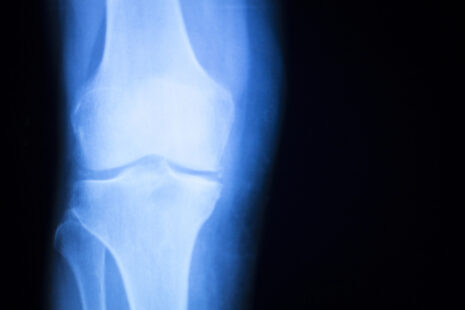Physical therapy (PT) and chiropractic care are both healthcare professions that focus on promoting health, mobility, and overall well-being, but they differ in their approaches, training, and scope of practice.
Here are some key differences between physical therapy and chiropractic care…
- Training and Education
- Physical Therapists (PTs) – Physical therapists are licensed healthcare professionals who hold a doctoral degree in physical therapy (DPT) or a master’s degree in physical therapy (MPT). They undergo extensive training in anatomy, physiology, biomechanics, rehabilitation techniques, and therapeutic exercise. PTs are trained to assess, diagnose, and treat a wide range of musculoskeletal conditions, injuries, and movement dysfunctions.
- Chiropractors – Chiropractors are licensed healthcare professionals who hold a Doctor of Chiropractic (DC) degree. They undergo training in spinal manipulation, joint mobilization, soft tissue techniques, and other manual therapies. Chiropractic education also includes coursework in anatomy, physiology, neurology, and diagnostic imaging. Chiropractors are trained to diagnose and treat neuromusculoskeletal conditions, with a focus on spinal health and alignment.
- Scope of Practice
- Physical Therapists – Physical therapists focus on restoring function, mobility, and independence through exercise, manual therapy, patient education, and other therapeutic interventions. They work with patients of all ages and abilities to address musculoskeletal injuries, neurological conditions, orthopedic surgeries, and chronic pain conditions. PTs may also specialize in areas such as sports medicine, orthopedics, neurology, pediatrics, geriatrics, or women’s health.
- Chiropractors – Chiropractors primarily focus on the diagnosis, treatment, and prevention of musculoskeletal disorders, with an emphasis on spinal health and alignment. They use spinal manipulation, joint mobilization, soft tissue techniques, and other manual therapies to address misalignments or restrictions in the spine and other joints. Chiropractors may also provide patient education, lifestyle counseling, and exercise recommendations to support overall health and well-being.
- Treatment Techniques
- Physical Therapy – Physical therapists use a variety of treatment techniques and modalities to address musculoskeletal conditions, including therapeutic exercise, manual therapy, joint mobilization, soft tissue mobilization, ultrasound, electrical stimulation, heat and cold therapy, and therapeutic taping. Treatment plans are individualized based on the patient’s specific needs, goals, and functional limitations.
- Chiropractic Care – Chiropractors primarily use spinal manipulation (also known as chiropractic adjustments), joint mobilization, and soft tissue techniques to restore proper alignment and function to the spine and other joints. They may also incorporate modalities such as ultrasound, electrical stimulation, and therapeutic exercise into their treatment plans.
- Collaboration and Referral
- Physical Therapists – Physical therapists often work collaboratively with other healthcare providers, including physicians, surgeons, chiropractors, occupational therapists, and massage therapists, to coordinate patient care and optimize outcomes. They may refer patients to other specialists as needed for additional evaluation or treatment.
- Chiropractors – Chiropractors may work independently in private practice or as part of multidisciplinary healthcare teams. They may collaborate with other healthcare providers, such as primary care physicians, physical therapists, and orthopedic surgeons, to provide comprehensive care for patients with musculoskeletal conditions.
While physical therapy and chiropractic care share some similarities in their focus on musculoskeletal health and mobility, they differ in their training, scope of practice, and treatment approaches. Both professions play valuable roles in the management of musculoskeletal conditions and injuries, and patients may benefit from integrating both physical therapy and chiropractic care into their healthcare plans as appropriate for their individual needs and goals.




